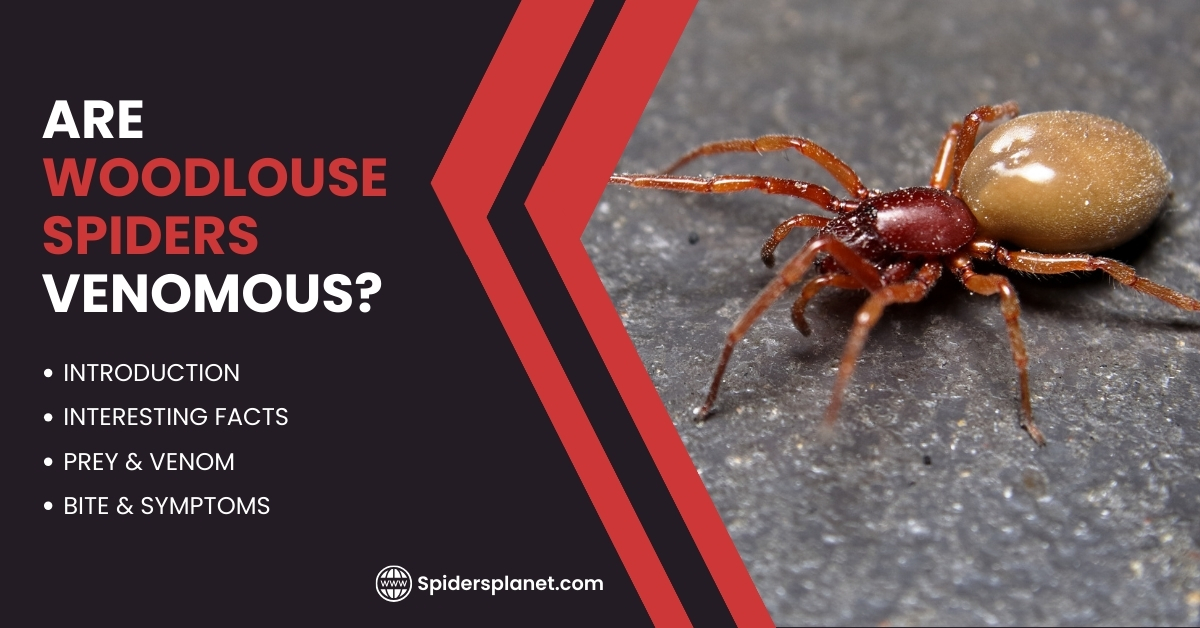Do jumping spiders make webs? Unlike other species, jumping spiders are active hunters that rely on their vision and quick reflexes to locate and capture their prey. But what about web building? Do jumping spiders make webs?
Yes, jumping spiders do make webs! But, they don’t build weave webs to capture their prey, like other species do. Instead, they use silk to construct small, irregular sheet-like nesting webs.
To explain this in more detail, and for those who are unfamiliar with this species, here’s a quick overview of the jumping spider.
Types Of Webs Produced By Jumping Spiders
Ok, so we know jumping spiders don’t produce webs for catching their prey, so what kind of webs do they make? and why? Well, your be surprised to learn that jumping spiders only make two types of webs, shelter webs and line webs!
- Silken Shelters: These shelter webs are usually built under leaves or bark, providing a safe and cozy space for the spider. The silk used in these constructions is surprisingly strong, allowing these small arachnids to safely take refuge from predators or harsh weather conditions.
- Line Web: Line webs are also commonly used by jumping spiders and consist of several strands of silk which are attached to leaves, twigs, and branches. They use this to move from one location to the next.
What About Web Funnels?
No, jumping spiders do not make web funnels. Web funnels are a type of trap used by many other spider species, such as the wolf spider to capture their prey.
Funnel-shaped webs typically have a broad opening that gradually narrows down until it ends in the “funnel” part where the spider waits for its prey.
As such, this type of web doesn’t serve as a purpose for jumping spiders since they actively hunt their prey and don’t need to rely on trapping it in a web.
Related Post: 8 Effective Ways To Get Rid Of Jumping Spiders

Jumping Spider Web-Making Process
Now, let’s take a look at the process behind how jumping spiders make their webs.
Web-Making Behavior
Before building a web, jumping spiders will often spend considerable time scouting the area for an optimal spot. This is usually done by using their excellent eyesight to examine nearby plants and structures, looking for the best place to build their webs.
Once they’ve identified the ideal spot, they will then start constructing the web by producing silk from multiple spinners on their abdomen.
The silk is then used to attach several threads of varying lengths and thicknesses between branches or leaves, eventually forming a sheet-like structure that provides protection from predators and other threats.
Web Structure and Composition
The structure and composition of a jumping spider’s web is quite complex. It usually consists of a combination of several strands of silk which are arranged in various patterns to form the shape and size desired.
The type and amount of silk used depends on the species and environment, but in general, it will “be comprised” of two main types; shelter webs or line webs.
The composition of a line web, for example, consists of several long strands of silk which are attached to the leaves and branches surrounding it, allowing the spider to move quickly and easily between different points in its environment.
Meanwhile, shelter webs usually consist of only one sheet-like structure that’s connected to several other lines of silk. This provides the spider with a safe shelter from predators or harsh weather conditions.
Web Maintenance
Jumping spiders that use silk to build webs also maintain their webs differently than other spiders. Instead of constantly repairing and rebuilding their webs, jumping spiders will often abandon their webs and build new ones in different locations.
This may be because their webs are not used for catching prey, but rather for shelter or nesting. Jumping spiders will also clean their webs by removing debris and old silk.
Their web-making process and behavior are unique compared to other spiders, and their silk is stronger and more elastic, allowing them to create a flat, sheet-like web that can withstand the force of their jumps.
Conclusion
So, overall, jumping spiders are remarkable and very impressive with their web-making abilities. And while they may not create intricate and complex spider webs, the ones they do construct still provide them with a sense of protection and security.
Related Posts:



